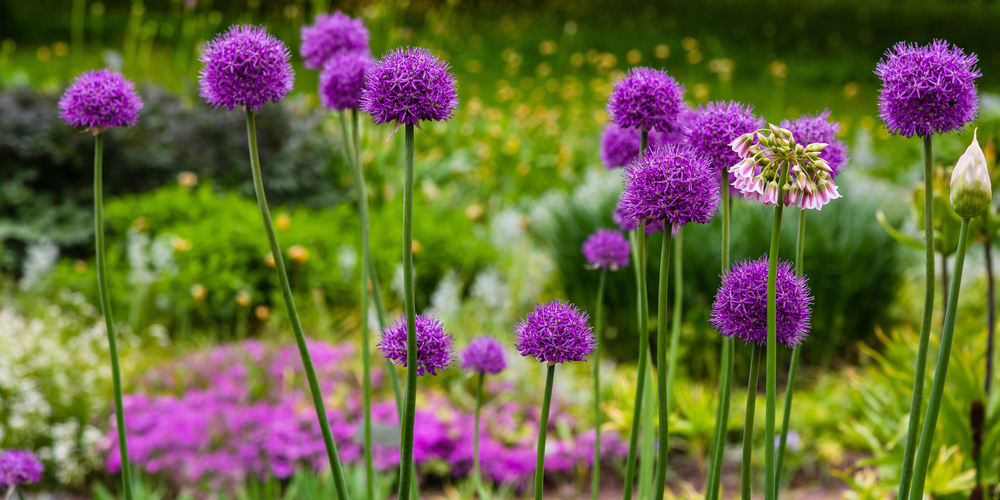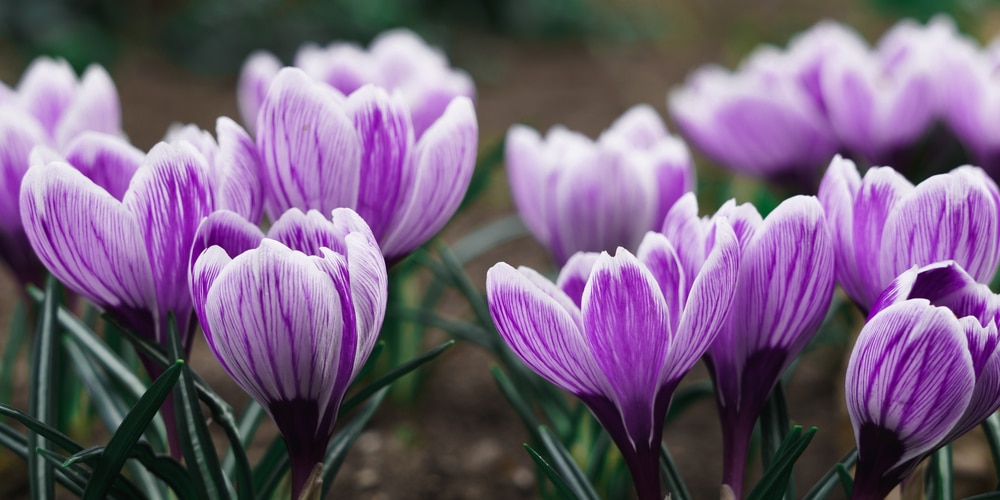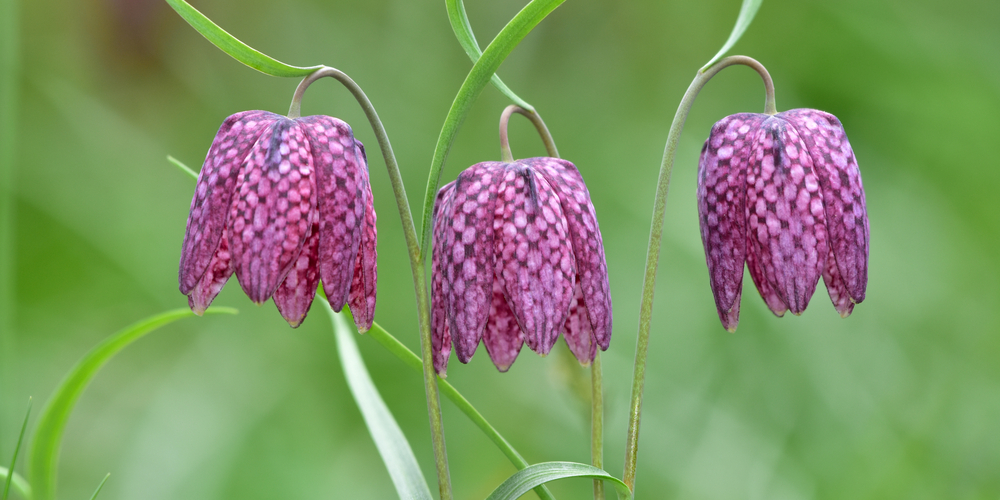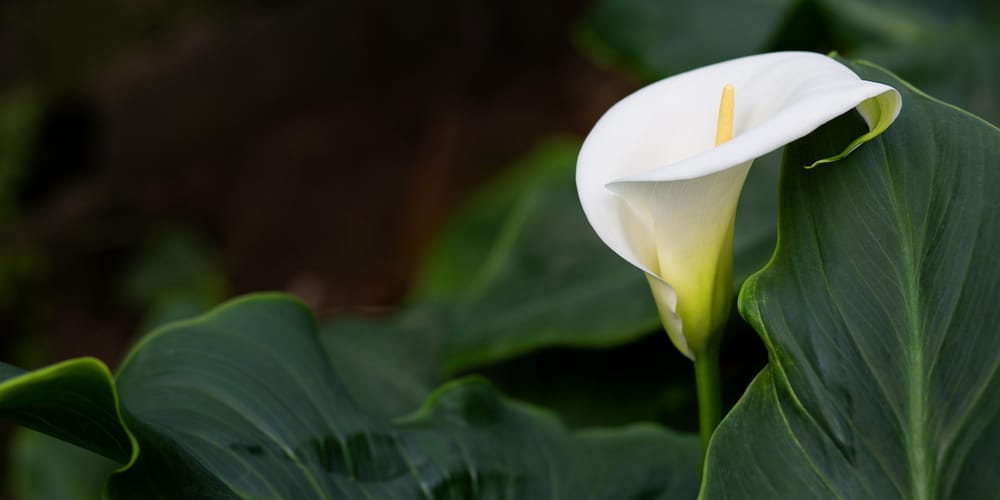Bulbs fill your garden with vibrant color from early spring, late summer through early fall. They’re easy to grow, versatile, and will bloom year after year. As a rule of thumb, planting bulbs in the fall means you’ll have more time to enjoy them before the winter chill begins. But which bulbs to plant in fall zone 5?
There are many varieties of bulbous flowers to choose from, and all are easy to grow. But before we discuss best bulbs for fall planting, let’s look at essential tips for planting bulbs in fall in zone 5:
- Plant the bulbs in the fall at least 6 weeks before the ground freezes in your area.
- Deepen the hole to 8 inches for crocus, 10 inches for hyacinths, 12 inches for tulips, and 16 inches for iris.
- Keep the bulbs watered until they are well established after planting.
- Place the bulb in the hole, pointed end up, with roots facing down.
- Fill in around the bulb’s base with soil and water it well. When planting bulbs in a raised bed or container, plant deeper than when planted directly into soil so that you can leave an inch above ground level to allow the bulb to bloom
- Add mulch around your bulbs to keep them weed-free and well-watered.
Fall Planting: Bulbs For Zone 5
Alliums (Allium spp.)
Alliums are excellent for fall planting because they have fairly low maintenance requirements. They don’t need deadheading (removal of spent blooms), they barely need dividing, and they are deer-resistant. Allium bulbs can be planted in the spring and fall, but the most effective method is to plant them in the fall when temperatures are cooler. They require little to no soil preparation and very little water to grow. However, you need to keep the soil moist when they bloom in May and June.
- USDA Growing Zones: 5 – 8
- Sun Exposure: Full sun
- Color Varieties: White, purple, pink, yellow
- Soil Needs: Average, a little acidic, well-draining
Autumn Crocus (Colchicum Autumnale)
Autumn crocus (Colchicum autumnale) is one unique little flower. You plant it in the fall and wait until the following fall for signs of life. This plant remains dormant in the summer, and when you seem to have forgotten about it, the place surprises you by producing beautiful flowers in the fall. The plant can be planted in the fall for them to produce better blooms because of cooler temperatures. The bulbs can be planted 6 to 8 weeks before the ground starts to freeze in your area.
- USDA Growing Zones: 4 to 8
- Sun Exposure: Full sun or partial shade
- Color Varieties: Lavender, pink, white
- Soil Needs: Sandy loam or rocky, well-draining
Daffodils (Narcissus Spp. And Hybrids)
Daffodils are excellent for fall planting because they have fairly low maintenance requirements and are incredibly long-lived. You need to ensure that their soil stays moist and not soggy, which can cause root tot.
Daffodils can be planted in the spring and fall, but the most effective method is to plant them in the fall when temperatures are cooler. They require little to no soil preparation and need frequent watering to grow.
- USDA Growing Zones: 4 – 8
- Sun Exposure: Full sun
- Color Varieties: Yellow, Pink, white, yellow, orange
- Soil Needs: Rich, moist, well-draining
Fritillaria (Fritillaria spp.)
Blooming in the late spring or early summer, fritillaria blooms is exotic and a little intimidating.
They’re easy to grow like any other bulb and can be planted in the fall get to get that exciting summer bloom. Fritillaria requires minimal care and is a great choice for those with limited space.
To ensure the plant stays healthy, water it regularly and avoid disturbing it, except when dividing large clumps.
Fritillaria imperialis (crown imperial) and Fritillaria meleagris (snakehead or checkered lily) are two of the most popular varieties. Snakehead produces delicate bell-like flowers that hang from slender stems, while crown imperial has a large bulb that produces a three or four-foot stem topped by a cluster of orange, yellow, or red bells and green top knots.
- USDA Growing Zones: 5 to 8 (crown imperial) and 3 to 8 (snakehead)
- Color Varieties: Orange, red, yellow (crown imperial) and Purple, white, gray (snakehead)
- Sun Exposure: Full sun or partial shade
- Soil Needs: Rich, moist, well-drained
Lilies (Lilium spp.)
Lilies have a sweet scent and are quite easy to grow. Lilies are one of the most popular bulbous flowers in the spring and fall, but they can also be planted in the winter to get that summer bloom. To keep lilies happy and healthy, water them frequently with a hose and avoid disturbing them.
- Lilies are best planted in the fall when temperatures are cooler.
- USDA Growing Zones: 3 to 9
- Color Varieties: Orange, pink, red, white, yellow, purple
- Sun Exposure: Full sun
- Soil Needs: Fertile, moist, and well-drained
Related Article: 6 Great Zone 5 Bulbs to Plant in the Spring




